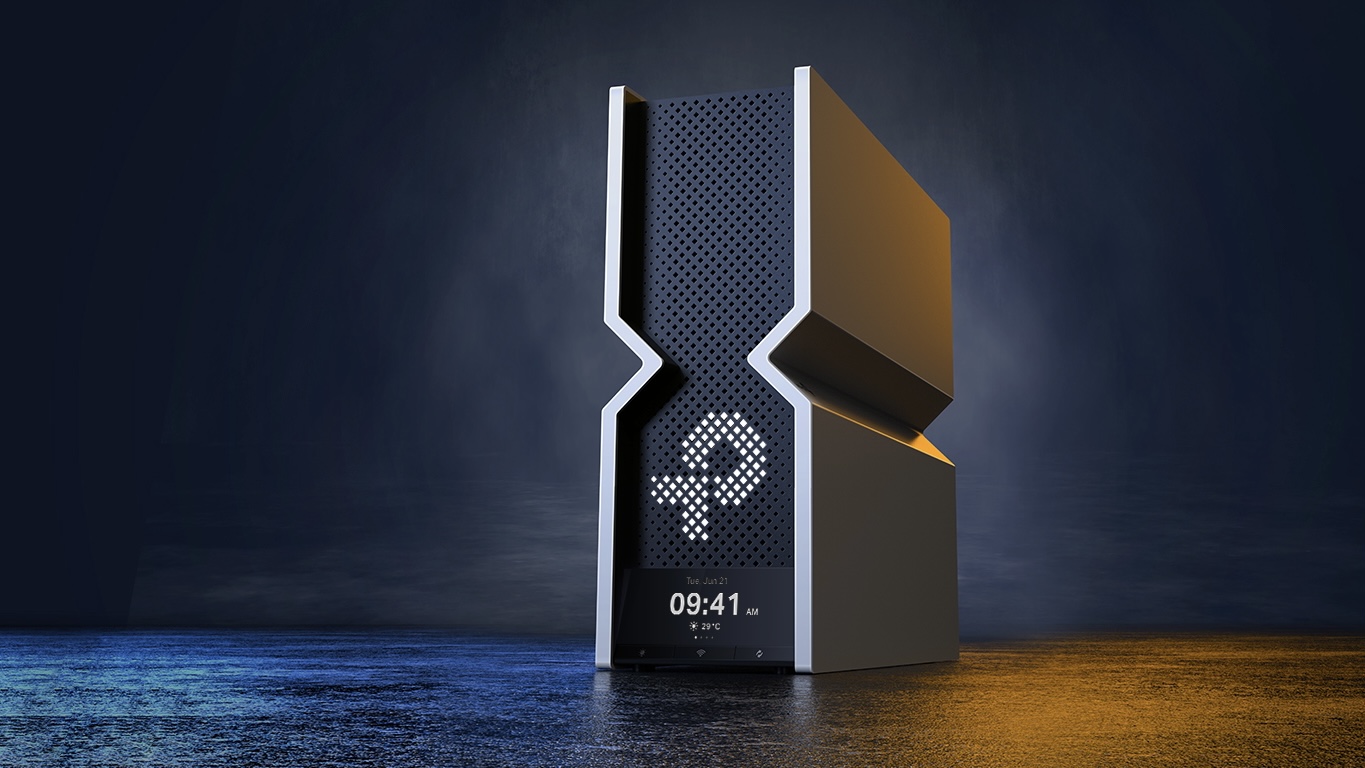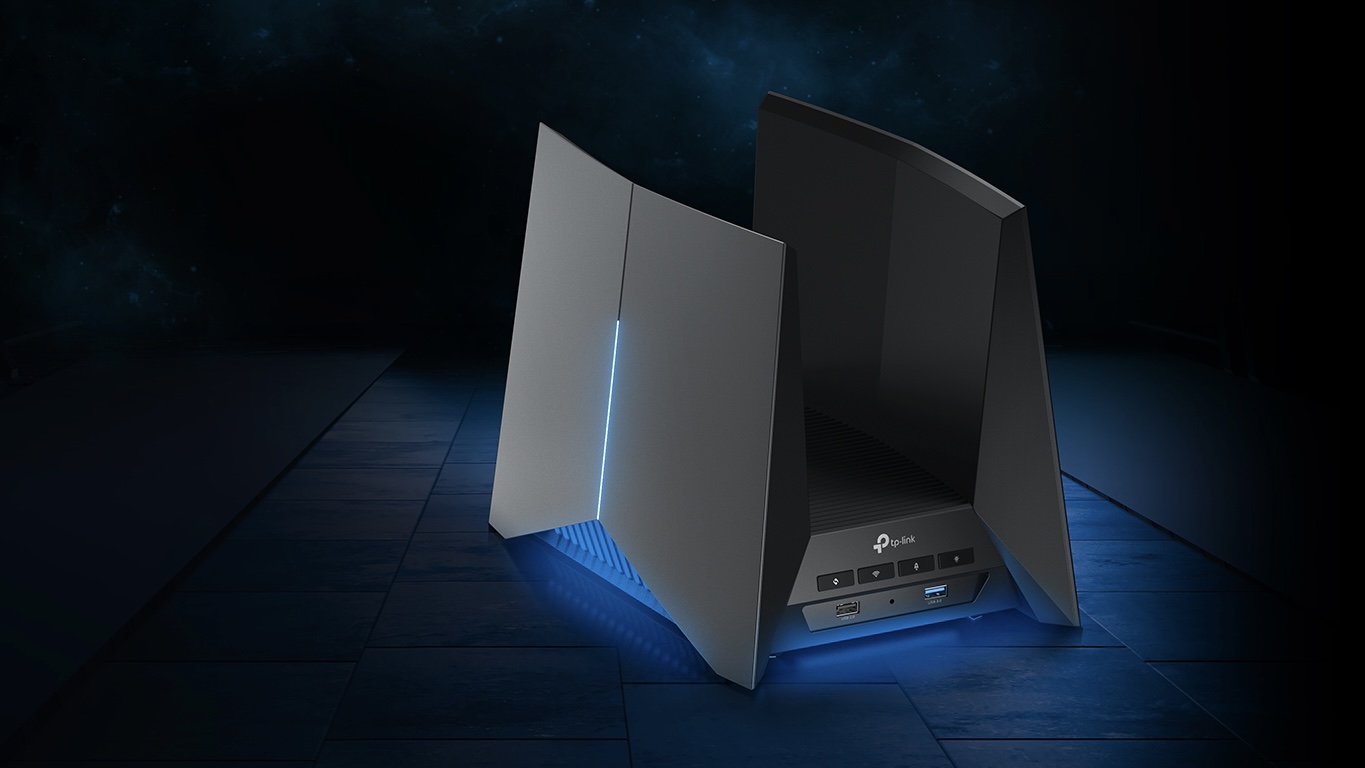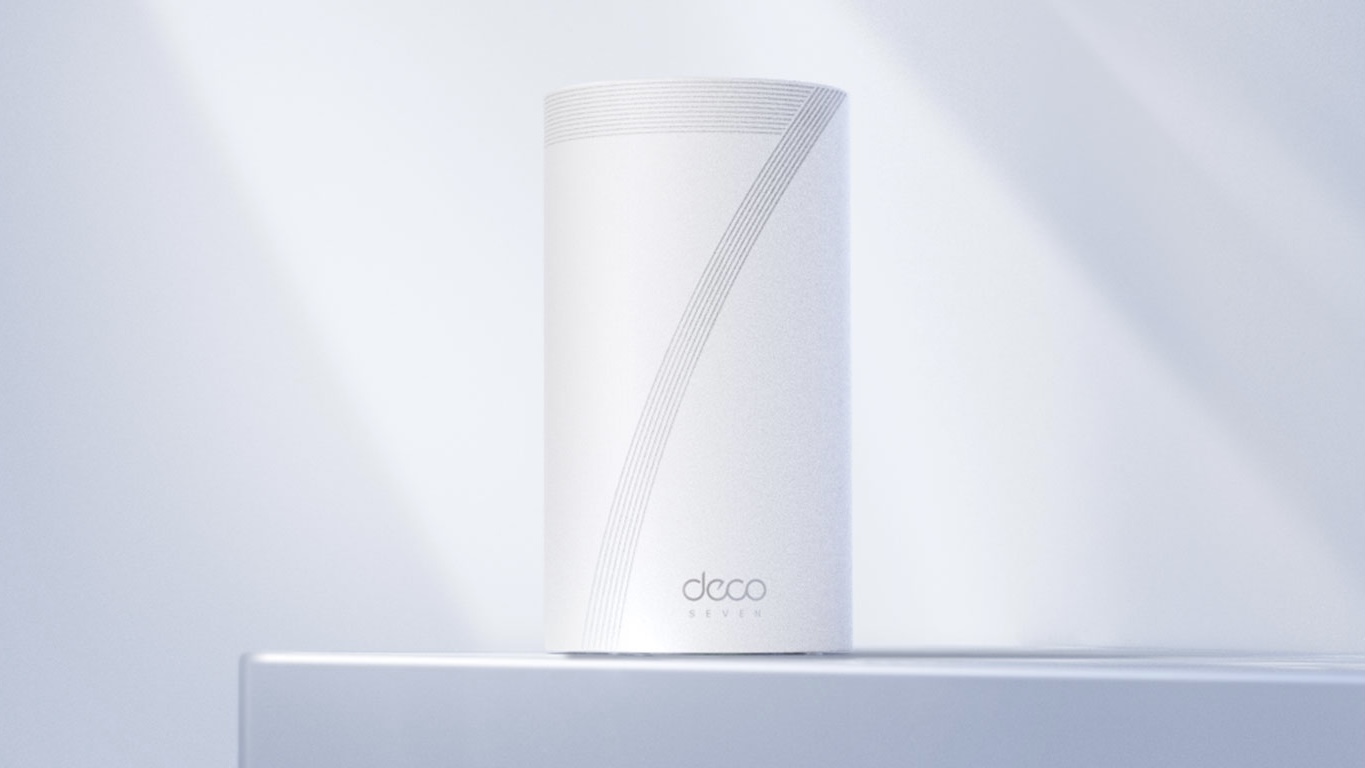TP-Link's Wi-Fi 7 lineup brings huge speed and capacity upgrades over 6E
The flagship Archer BE900 router has an insane BE24000 (yes, 24,000Mbps) quad-band wireless connection.

What you need to know
- TP-Link has unveiled its upcoming Wi-Fi 7 routers, including Archer routers, a gaming router, Deco mesh routers, and PoE Omada access points.
- The flagship Archer BE900 router has an incredible BE24000 quad-band connection with two 5GHz bands.
- The Deco BE95 has dual 6GHz bands with a top speed of BE33000 for optimal mesh performance.
- Products will be available to order in December 2022, with availability estimated for Q1 2023.
While Wi-Fi 6E introduced us to 6GHz Wi-Fi, Wi-Fi 7 (802.11be) is set to take it to the next level, and TP-Link has announced a range of routers that will take advantage of it. Wi-Fi 7 will have several benefits over Wi-Fi 6 and Wi-Fi 6E thanks in no small part to better utilization of 6GHz bands.
Wi-Fi 7 will have access to 320MHz channels with 4096QAM compared to 160MHZ and 1024QAM available on Wi-Fi 6 and 6E. Other speed improvements will be available thanks to 16x16 MU-MIMO and backhaul aggregation on the Deco series. Compared to the best Wi-Fi 6E routers, Wi-Fi 7 will have a significant speed advantage.
Starting with the Archer series, TP-Link's standalone routers, the high-end BE900 has a quad-band BE24000 connection. That's about 24,000Mbps across all four bands. The speeds break down to 1376Mbps at 2.4GHz, two 5GHz bands at 5760Mbps each, and a 11520Mbps 6Ghz band. This high 6Ghz speed is thanks to the wider bands and better handling of data. Despite this, most people will still be using 5GHz devices for years to come, so TP-Link has focused on keeping 5GHz performance high.
You also get 10GbE (10Gbps Ethernet) networking similar to that on the Archer AXE300 with an RJ45 LAN port and a combination port with RJ45 or SFP+.
That's a lot of numbers we just threw at you, but basically, your Wi-Fi connection is getting better and faster.
The new TP-Link Archer BE900 router (above) has a futuristic design resembling a gaming console rather than an older router. The 12 antennas are all internal and arranged in the top portion of the router for optimal coverage. On the front, there's a simple display to show custom graphics just above a full touch screen. The touch screen can show network status and provide some basic controls for those that want to stay on top of their network without poking through an app.
The router will cost $699.99 at launch, making it a match for some of the most expensive routers available today. Two lower-end models are also available, with the tri-band BE800 dropping one of the 5GHz bands and the BE550 cutting speeds in half on 5GHz and 6GHz. The 2.4GHz band seems to be operating at Wi-Fi 6 speeds. The BE800 retains dual 10GbE ports, while the BE550 takes a bigger hit to 2.5GbE. Realistically, most people will be fine with the 2.5GbE ports on the cheaper model.
Get the latest news from Android Central, your trusted companion in the world of Android

Next up, TP-Link's GE800 is a match for the BE800 in terms of rough specs with a BE19000 tri-band connection. The main difference with this model comes with its aggressive form factor looking like something out of science fiction and the software. TP-Link has revamped its software to include and new game panel to keep you in the know on network performance. It also comes with a dedicated gaming port and optimized one-click acceleration.

TP-Link's Deco line also got a few new models as well as some software upgrades to make Deco easier to use and more performant. The top-end Deco BE95 is an absolute beast with BE33000 wireless speeds. Unlike the Archer BE900, this mesh router has two full-speed 6GHz bands, a single 5GHz band, and a 2.4GHz band. This allows the mesh to make full use of the 6GHz band to keep mesh link speeds high. It can also be set to use the band as a dedicated mesh backhaul. This mesh kit will come in at $1199.99 with two nodes.
This quad-band setup is a change compared to Wi-Fi 6E mesh systems like with dual 5GHz bands like we saw in our Netgear Orbi RBKE963 review.
The cheaper BE85 costs $999.99 and drops the second 6GHz band. This results in a slower BE22000 connection that should keep up fine with most fiber internet connections. The cheapest Wi-Fi 7 Deco announced is the BE65 with a BE11000 connection will be the sweet spot for many families looking to save some money.
TP-Link has also confirmed some software upgrades in the work for Deco. Deco V3 includes a handful of upgrades to the mesh link utilizing multiple connections and learning your home's conditions. Finally, Deco will include a Matter smart home hub so you can link all of your smart home devices on a single hub. TP-Link has also kept compatibility between all Deco models (50+), so you have a ton of options to expand your mesh coverage.
Finally, TP-Link announced a couple of Wi-Fi 7 access points for enterprise users. These include PoE support with a BE22000 and a BE11000 ceiling mount option.
You can check out TP-Link's announcement live stream on YouTube if you want to see all of the details for yourself. TP-Link has also updated its Wi-Fi 7 landing page with links to the announced products, including the current hardware specifications.

When Samuel is not writing about networking or 5G at Android Central, he spends most of his time researching computer components and obsessing over what CPU goes into the ultimate Windows 98 computer. It's the Pentium 3.
